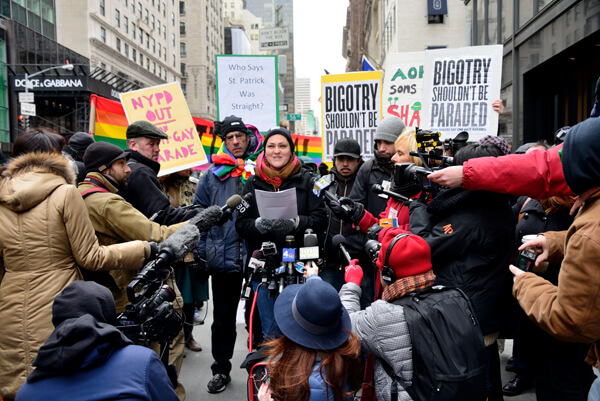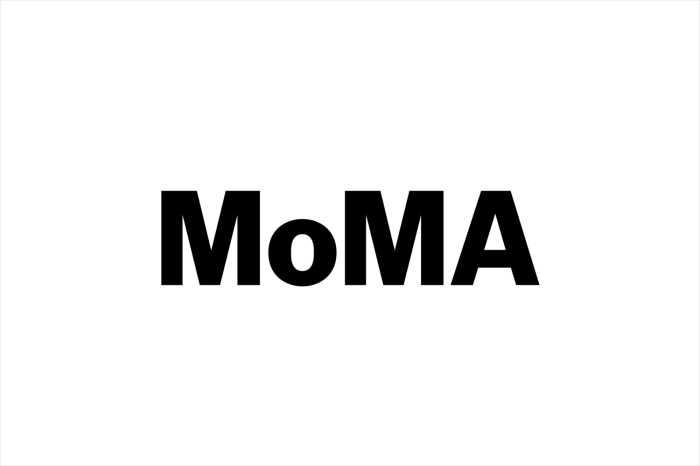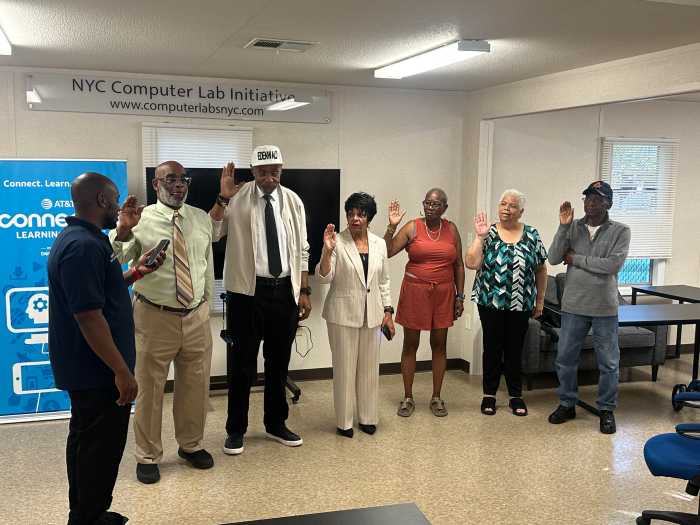BY PAUL SCHINDLER | Over the past two decades, corporate America — in many ways, moving out ahead of the nation’s political and legal system in responding to the needs and aspirations of their gay employees — increasingly embraced domestic partner benefits, including most significantly healthcare coverage, as a way of offering them some measure of rough parity with their straight married colleagues.
Now that same-sex couples can marry everywhere in the US, some employers as well as experts in corporate human resources policy are asking whether it is time to eliminate a benefit that originated out of an effort to address the unequal status they then endured.
In fact, even before the high court ruled in June, some major corporations such as IBM, Delta Air Lines, and Verizon had taken steps to end the availability of domestic partner benefits for employees in jurisdictions where same-sex marriage was legal.
After SCOTUS marriage ruling, some employers see no further need to even playing field, but no clear trend
At this early moment in marriage equality America, however, there is no clear answer as to how this debate will play out. And that raises uncertainty for any couple who have lived together as a family relying on such benefits but are not yet certain they are prepared to marry. At a minimum, they need to be alert to the possibility that the picture could change.
Data from a variety of sources point up how widespread domestic partner benefits are in today’s workplace — but also suggest how such benefits now serve a broader need than they were originally intended to address, a factor that could well ensure their continued availability.
According to this year’s Corporate Equality Index, compiled by the DC-based Human Rights Campaign (HRC), two-thirds of Fortune 500 companies offer domestic partner benefits to same-sex couples. Benefitnews.com, relying on data from Mercer — a company specializing in providing human resource management tools and analysis — reports that among “large employers” 74 percent offer same-sex domestic partner benefits. Federal Bureau of Labor data, meanwhile, indicate that 35 percent of all private sector employees work in companies, including both large and small businesses, that offer their gay and lesbian workers the option of domestic partner benefits.
Clearly, then, size is key factor in determining the availability of such benefits.
According to Todd Solomon, an attorney in McDermott Will & Emery’s Chicago office who specializes in corporate compensation, pension, and benefits programs, for large companies and those engaged in industries that fight for talent — think high technology — domestic partner benefits haven proven to be an important tool for employee recruitment and retention.
So much so, in fact, that in a majority of cases where such benefits are offered they are available to employees in different-sex relationships as well. Among the Fortune 500 sample compiled by HRC, nearly two-thirds of companies providing domestic partner options for same-sex couples also offer them to unmarried different-sex couples as well. Mercer’s survey of large employers indicate that 55 percent provide domestic partner benefits to any couple, with only an additional 19 percent limiting them to same-sex couples. And among all employers, 30 percent of all workers have access to such benefits regardless of sexual orientation, versus the 35 percent of workers at companies that target the benefit to same-sex couples alone.
According to Solomon, for the most part, companies that offer the benefits to all employees, gay and straight, “are not doing anything” about curtailing their availability or even reexamining the issue. A domestic partner benefit option, for these employers, is seen as a competitive advantage in the labor market that more than pays for itself.
One reason for that is the relatively low cost borne by companies offering domestic partners benefits. Bruce Elliott, a compensation and benefits manager at the Society for Human Resource Management, agreed with HRC’s estimate that they add only about one percent to the total cost of employee benefits. Solomon also said that estimate was about right — “two percent at the outside.”
That low cost is due to the fact that a fairly small number of people sign up for them, largely, Solomon explained, because they are “tax-inefficient.” An unmarried employee must pay tax on the “imputed” value of the benefit enjoyed by their partner.
Over the past decade, some of the largest companies in the most competitive industries — particularly high technology and financial services — began to offer increased compensation for gay and lesbian employees opting for domestic partner coverage to offset the tax penalty on the imputed value of that coverage. This is probably the most likely benefit to be eliminated now that those employees are free to marry and avoid the tax penalty they previously faced.
Beyond that sort of special case, both Solomon and Elliott agree that the picture remains unclear.
“It’s hard to generalize,” Solomon told Gay City News.
“It’s way too early to say where this is headed,” said Elliott, noting that the Supreme Court ruling is not yet two months old.
Still, both experts pointed to developments that suggest caution as a watchword.
In addition to IBM, Delta, and Verizon, other major employers that have already clawed back domestic partner benefits include Corning and Raytheon, and Elliott noted that among public sector employers, the cities of Cleveland and Charlotte have announced they are ending their policies.
Without mentioning specific companies, Solomon said, “I certainly have clients looking at that right now, and some are in the processing of eliminating such benefits.”
Elliott pointed to a survey carried out by Mercer that indicated that 44 percent of companies currently offering domestic partner benefits responded they would not curtail them, but 23 percent were examining the issue, another 23 percent planned to eliminate the option in their next open enrollment period, and four percent had already done so.
Elliott and Solomon agreed that for most employers the issue would come down to weighing the small incremental cost of offering domestic partner benefits against the benefits they offer in terms of attracting and keeping talent. In a competitive labor market like Silicon Valley, Elliott explained, where the workforce is weighted toward millennials, many of whom are delaying marriage but may be in long-term relationships, the calculation is likely to favor continued availability of domestic partner benefits for gay and straight employees.
LGBT advocacy groups — despite the emphasis they’ve put on achieving marriage equality in recent years — are among the strongest voices pushing for the continued availability of domestic partner benefit options.
HRC — arguing that such benefits, for gay and straight workers alike, are suited to an ever more diverse workforce — warned they are particularly important in those 28 states without nondiscrimination protections in law. There, same-sex couples may hesitate to marry because the public visibility of such an act might expose them to discrimination in other parts of their lives, such as housing.
Michael Murphy, a spokesman for the Empire State Pride Agenda, New York’s LGBT lobbying group, essentially argued that LGBT family diversity should not be a casualty of marriage equality’s triumph. LGBT couples, he said, “should not be forced into a shotgun wedding to hold onto a partner’s benefits.”


































